Snow and ice buildings
Contents |
[edit] Introduction
On the increasingly rare occasions that snow falls enough to settle in thick layers, in the UK at least, here a brief look at some examples of buildings made from snow, from the humble vernacular igloo, to castles, palaces, hotels and sculptures by internationally renowned architects.
[edit] Origins and types of igloo
The word Igloo, comes from the Inuktitut language of northern Canada, it is also referred to as aputiak and has a nuktitut syllabic version which means house. The igloos were houses built by the early inhabitants of northern Canada and Russia and are associated with the people of the Great North or Eskimos. Igloos are often associated with all Inuit, people - it is spelt Iglu in the Inuit language - though it is said that traditionally their houses would have been insulated by snow the structure would have been of whale bone covered in hides.
A typical igloo is a dome shape, also called a catenary curve, similar to a paraboloid and made of curved or square blocks of packed snow (also called pukaangajuq) or ice cut to size. In general there are three types of igloo.
- The first might be the smallest and most temporary form of snow shelter, which would have been constructed by hunters and Inuit families during the winter seasons, during warmer seasons Inuits used a tupiq which was a tent structure similar to a tipi and covered in hides.
- The second might be slightly larger and semi permanent in nature, it may also have been used by Inuit families and early inhabitants of Greenland, and may have housed two families as a main residence for a longer period of time.
- Finally, and less common, would be the larger, often temporary gathering buildings built by groups and housing up to 25 people for feasts, dances and social gatherings.
Today igloos are less common and although they continue to be used by hunters, they are unlikely to form the semi permanent residences they did, though they continue to be of significant cultural importance to Northern or Arctic communities.
[edit] Annual snow buildings
A number of Arctic countries continue a tradition of building structures from the snow each year, in particular Northern Finland and Sweden in the area crossing both countries known as Lapland, as well as Greenland and Canada.
[edit] Kemi snow castle, Finland
Since 1996 every winter residents of Kemi have built a snow castle, using only snow and ice from the Gulf of Bothnia. Each year in December local builders construct a new snow castle according to different themes and it normally opens between January and April. Visitors can stay overnight in the building, eat in its restaurant sitting on ice tables and chairs surrounded by ice sculptures, or even get married in the snow chapel. At other times of the year visitors can view the year round attraction 'Experience365' which is an indoor exhibition made of ice and snow.
For more information visit : https://experience365.fi/snowcastle/
[edit] Jukkasjärvi, Ice hotel, Sweden
Since 1989 a hand-sculpted Ice hotel has been built from the frozen waters of the local Torne River. Today, over three decades later, the Ice hotel has become a popular winter Swedish landmark for travellers and tourists.
For more information visit https://www.icehotel.com
[edit] Hotel Kangerlussuaq, Greenland
From December to April, the Hotel Kangerlussuaq creates and operates an ice hotel with two large central igloo which are connected via a tunnel to a series of double-rooms which are kept at -12°C. The beds are on ice blocks, with mattresses, skins and good sleeping bags, with access to rooms in the main permanent hotel.
For more information visit https://visitgreenland.com/de/anbieter/hotel-kangerlussuaq/
[edit] Hotel de Glace, Quebec, Canada
Touted as the only ice hotel in North America, Hotel de Glace opens every winter, from January to March and is made entirely of snow and ice. The hotel includes a grand hall, chapel, ice slide, different rooms and suites, along with an ice bar.
For more information visit https://www.quebec-cite.com/en/businesses/hotel-de-glace
[edit] Snow festivals
[edit] Harbin Ice Festival, Heilongjiang, China
Dubbed as the world's largest ice and snow festival, Harbin Ice Festival runs from December to February each year and is a celebration of ice and snow with a focus on sculptures, ice lanterns and art exhibitions as well as a carnival, ice bars, restaurants, winter swimming, skiing, dog sledding, snowmobiling, and more.
For more information visit https://www.icefestivalharbin.com
[edit] Bonhomme Ice palace, Canada
As part of the Bonhomme Carnaval in Québec City, organisers build a new ice palace each year. It does not have accommodation but stands as an important cultural element of the winter celebrations.
For more information visit https://www.quebec-cite.com/en/what-to-do-quebec-city/quebec-winter-carnival
[edit] ICIUM Wonderworld of Ice, Levi, Finland.
ICIUM Wonderworld of Ice has included snow re-creations of the Helsinki Cathedral, the Beijing National Stadium, and the Chinese Temple of Heaven, as well as a Great Wall of China slide. More than 350,000 cubic feet of snow and 21,000 cubic feet of ice are used to build sculptures. It has taken its lead from Harbin but is located in Finland.
[edit] The Snow Show, Roveniemi and Kemi, Finnish Lapland
In 2003 and 2004 Finland invited internationally renowned artists and architects to build in ice and snow for the International Snow Show. It was spread in various locations in the Arctic circle between Roveniemi and Kemi and showcased Tadao Ando + Tatsuo Myajma, Diller + Scofidio + John Roloff, Ocean North + Ernesto Neto, Juhani Pallasmaa, Steven Holl and Jene Highstein, Anish Kapoor and Zaha Hadid. Below are some images taken by the author during a visit to this one off event.
[edit] Related Articles on Designing Buildings
Featured articles and news
Amendment to the GB Energy Bill welcomed by ECA
Move prevents nationally-owned energy company from investing in solar panels produced by modern slavery.
Gregor Harvie argues that AI is state-sanctioned theft of IP.
Heat pumps, vehicle chargers and heating appliances must be sold with smart functionality.
Experimental AI housing target help for councils
Experimental AI could help councils meet housing targets by digitising records.
New-style degrees set for reformed ARB accreditation
Following the ARB Tomorrow's Architects competency outcomes for Architects.
BSRIA Occupant Wellbeing survey BOW
Occupant satisfaction and wellbeing tool inc. physical environment, indoor facilities, functionality and accessibility.
Preserving, waterproofing and decorating buildings.
Many resources for visitors aswell as new features for members.
Using technology to empower communities
The Community data platform; capturing the DNA of a place and fostering participation, for better design.
Heat pump and wind turbine sound calculations for PDRs
MCS publish updated sound calculation standards for permitted development installations.
Homes England creates largest housing-led site in the North
Successful, 34 hectare land acquisition with the residential allocation now completed.
Scottish apprenticeship training proposals
General support although better accountability and transparency is sought.
The history of building regulations
A story of belated action in response to crisis.
Moisture, fire safety and emerging trends in living walls
How wet is your wall?
Current policy explained and newly published consultation by the UK and Welsh Governments.
British architecture 1919–39. Book review.
Conservation of listed prefabs in Moseley.
Energy industry calls for urgent reform.







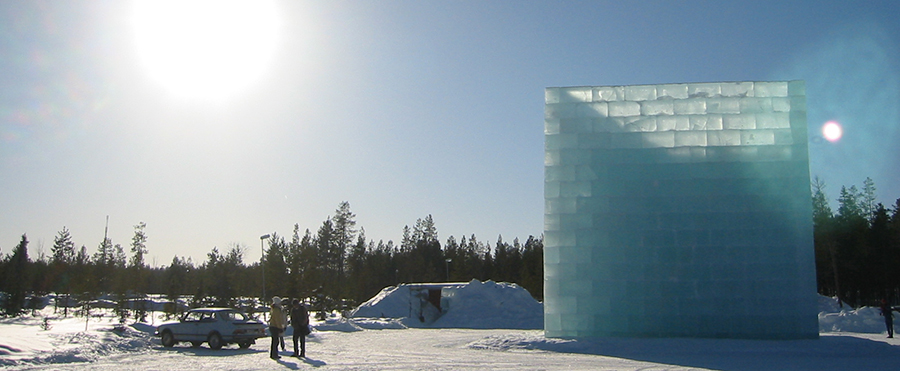
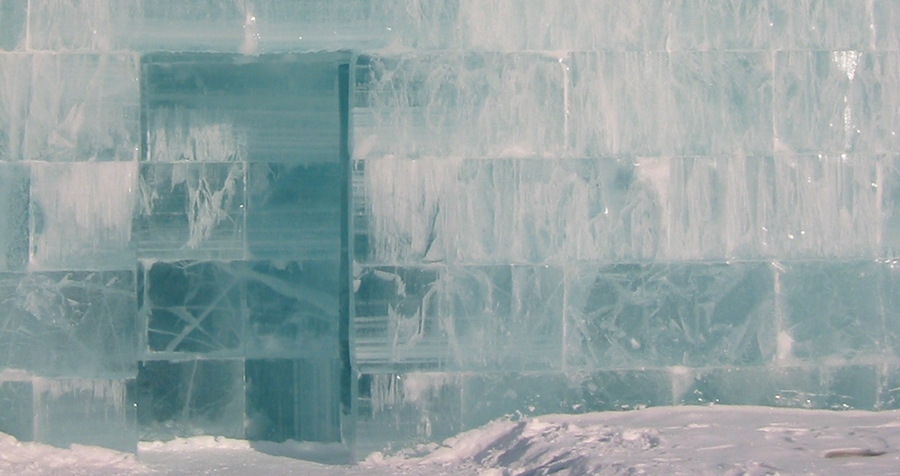
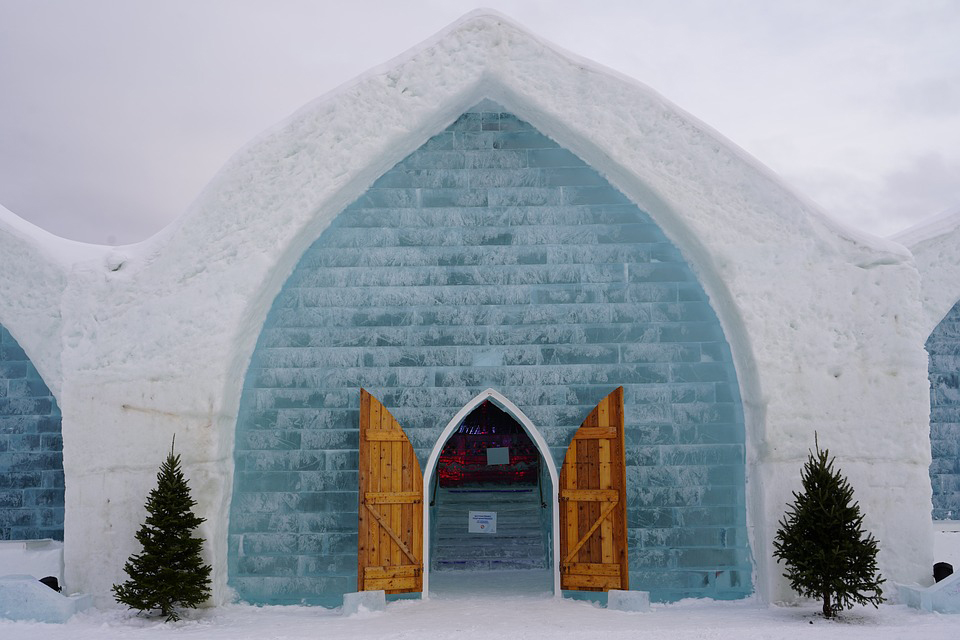
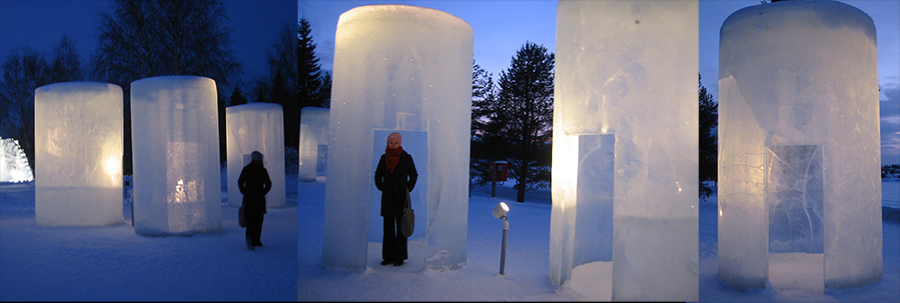
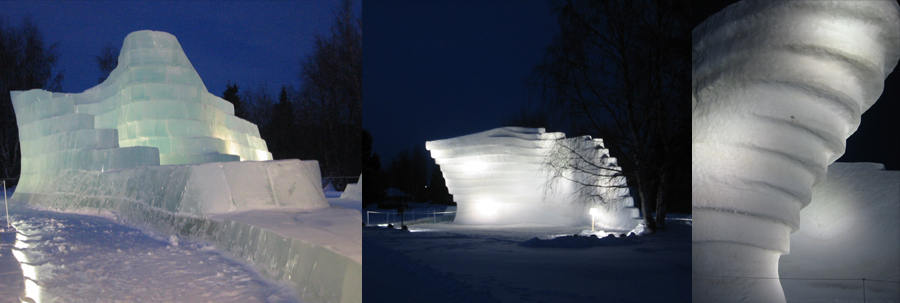
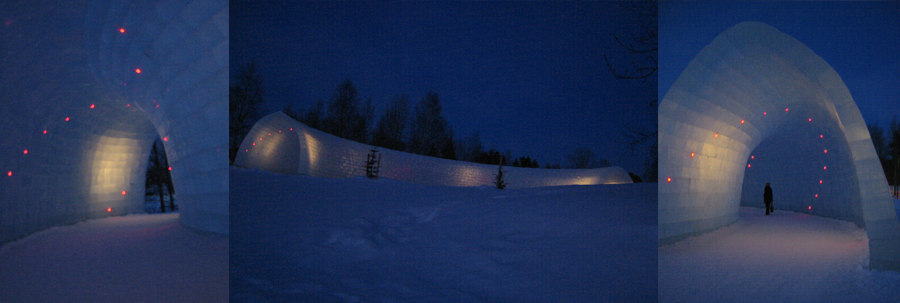
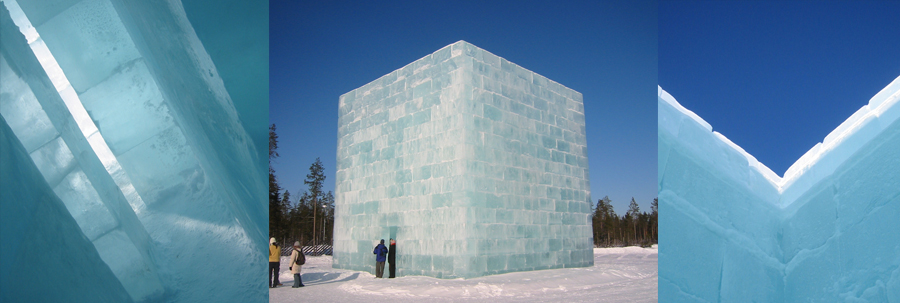
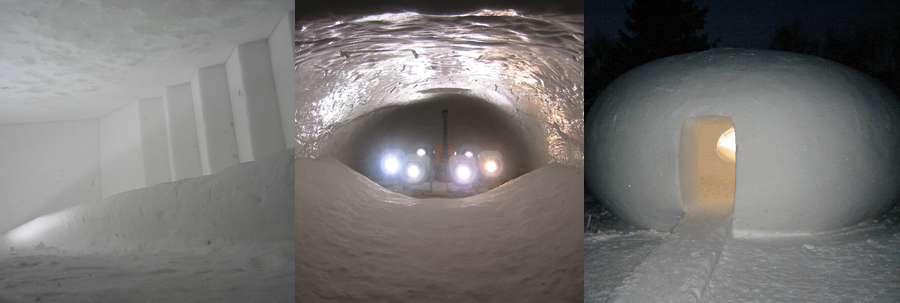


















Comments
[edit] To make a comment about this article, click 'Add a comment' above. Separate your comments from any existing comments by inserting a horizontal line.